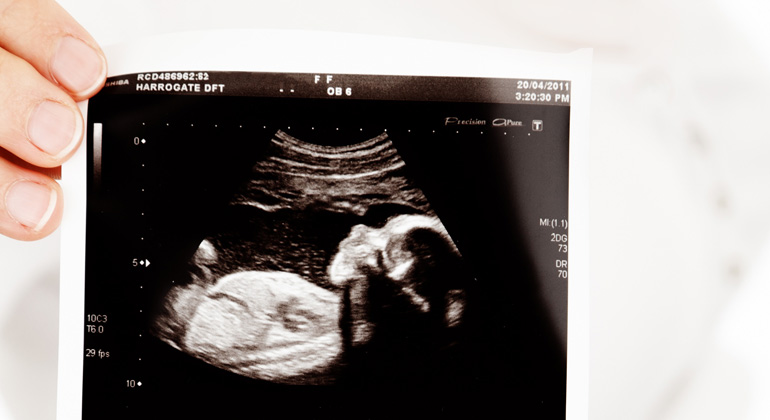Greater risk of heart defects for babies born near unconventional gas wells in Colorado
Pregnant women living within 16 km of unconventional gas wells in Colorado, US, are up to 30% more likely to give birth to a baby with a heart defect, new research has found. These findings suggest that more research is needed to understand the potential health impact of natural gas developments, say the researchers.
In recent years natural gas development has sharply increased, partly driven by updated technology that uses horizontal drilling, hydraulic fracturing, or both, to tap into gas reserves that have previously been too difficult to reach.
The exploitation of natural gas results in emissions of volatile organic compounds (VOCs), nitrogen dioxide, sulphur dioxide, polycyclic aromatic hydrocarbons (PAHs) and particulate matter. Some of these pollutants, such as toluene, xylenes and benzene (a known carcinogen) can damage genetic material. They are able to cross the placenta that connects mother and baby before birth and could therefore interfere with development of the foetus.
In this study, the researchers investigated whether women who lived within 10 miles (16 km) of natural gas wells during pregnancy had babies with more birth defects than women who lived further away. The researchers analysed the birth records of 124 842 babies born between 1996 and 2009 in rural areas in Colorado, US (47% of these born within 10 miles of a well). About one third of oil and gas wells in Colorado are 45–300 m from a residential area, and there has been a growth in natural gas development since 2000.
By excluding large towns and cities, the researchers reduced the likelihood that mothers were exposed to pollution from other sources, such as traffic and industry. They focused on birth defects affecting the heart and spinal cord. The exposure to emissions from natural gas wells was estimated as the number of gas wells within a 10 mile radius while accounting for the distance of each of these wells from the home.
The results demonstrated that women who lived near gas wells during pregnancy were more likely to give birth to a child with a heart defect than those who lived further away. Mothers living near the greatest density of wells (more than 125 wells per mile (1.6 km)) were 30% more likely to have a baby with a heart defect as women living with no wells close by. This result was statistically significant, with confidence intervals of 20-50%. There was a weaker relationship between babies born with spinal cord defects and proximity to gas wells.
Although the study did account for mother’s age, education, alcohol and tobacco use, further work is needed to better account for other factors such as nutrition or pregnancy complications that may contribute to developmental problems in babies.
This type of study cannot definitely say that pollution from the gas wells caused the birth defects, or which pollutant is responsible. However, the results and current trends in natural gas development underscore the importance of conducting more comprehensive and rigorous research on potential health effects, as well as additional air pollution measurements and modelling, say the study’s authors.
In response to the study upon which this article is based, further dialogue has since been published, including correspondence published by the journal Environmental Health Perspectives. The correspondence articulates a debate between the study’s authors and other researchers concerning the methods used and the conclusions drawn by the study. To find out more, please see the following series of links:
- Methodological limitations, Fedak, K. et al…Original authors McKenzie L.M. et al.’s reply to Fedak, K. et al. September 2014.
- A Public Health Review of High Volume Hydraulic Fracturing for Shale Gas Development, New York State Department of Health (mentions this study on pp 19–21).








